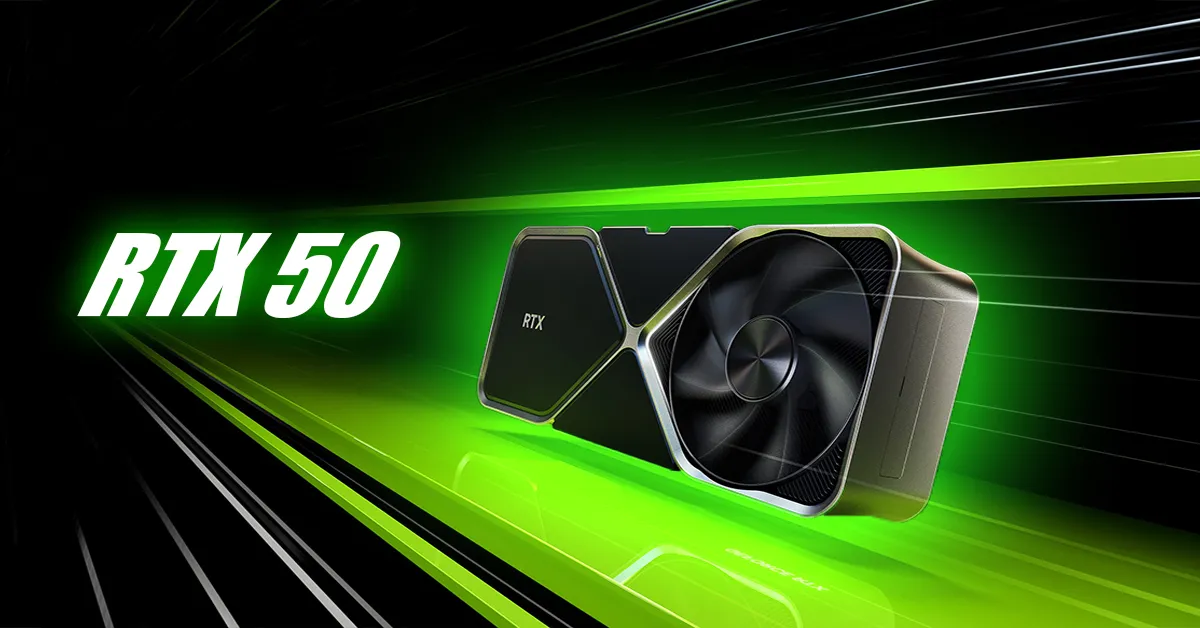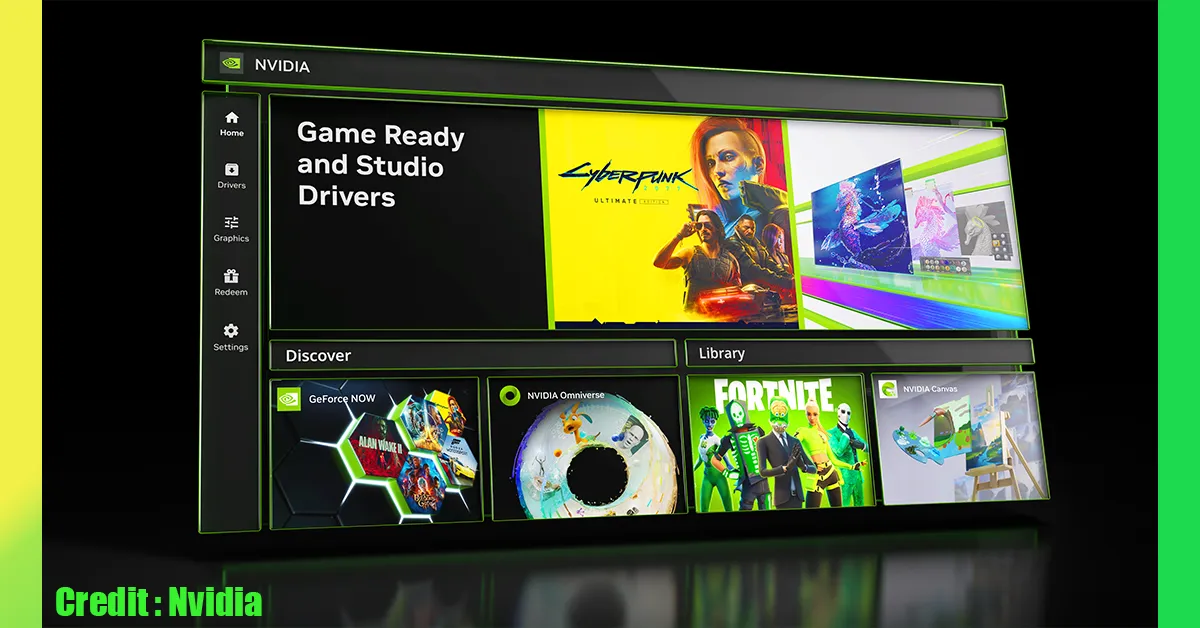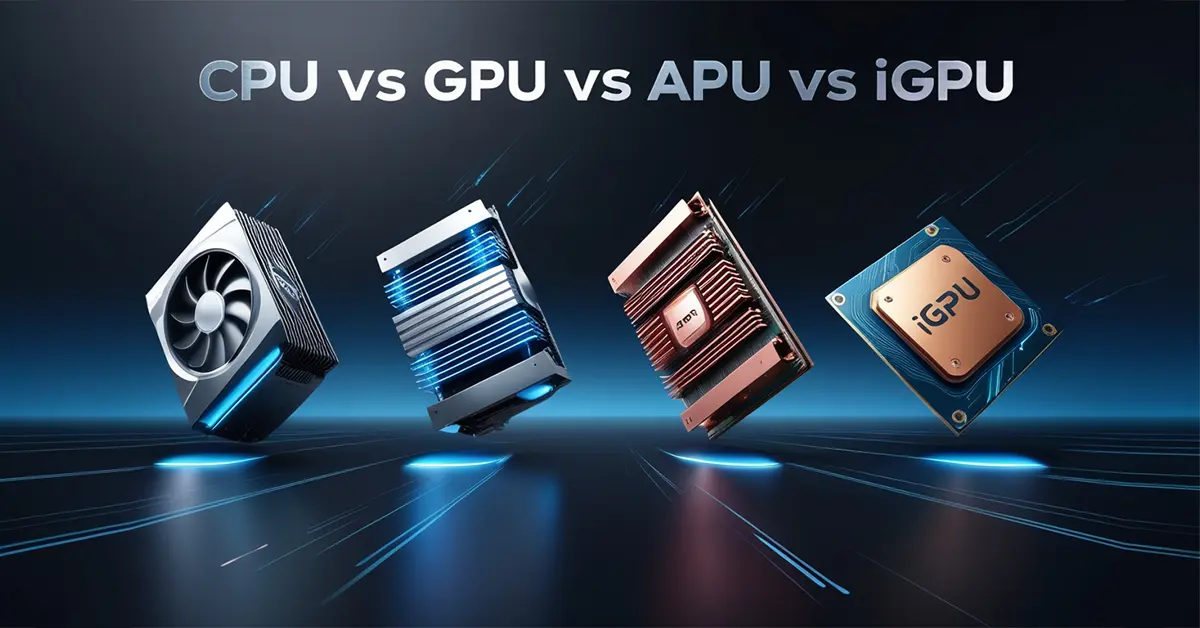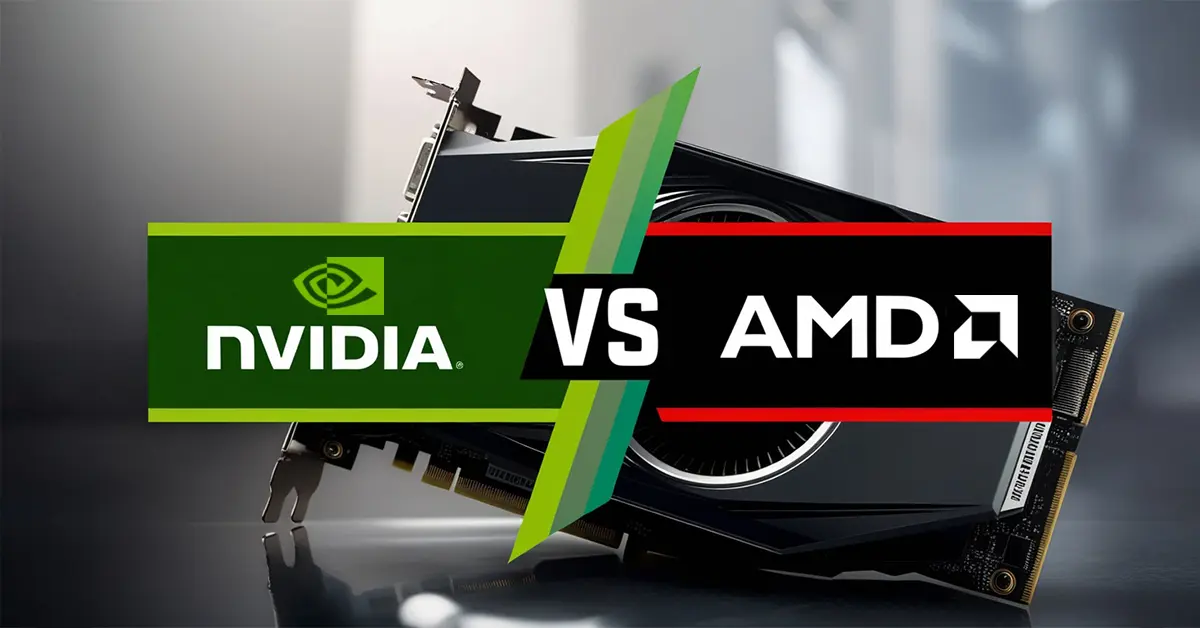Table of Contents
As technology continues to evolve at a breathtaking pace, one question looms large for gamers, professionals, and tech enthusiasts alike: will the upcoming Nvidia 50 Series GPUs surpass the performance and popularity of the 40 Series and the now somewhat dated 30 Series? With each new release, Nvidia has pushed the boundaries of what’s possible in graphical processing, but with greater expectations come the risk of disappointment. In this article, we’ll dive deep into the anticipated features, potential performance, and whether the 50 Series will meet or exceed the lofty standards set by its predecessors.
A Brief History of Nvidia GPUs
The Rise of the 30 Series
The 30 Series GPUs marked a significant leap in performance and efficiency. Released during a time when demand for powerful GPUs was at an all-time high, these cards brought ray tracing and AI-enhanced graphics to the mainstream. Gamers and content creators marveled at the improvements in frame rates, rendering times, and overall graphical fidelity. The RTX 3080, for instance, became a staple for high-end gaming rigs, delivering unprecedented performance at a (relatively) reasonable price point.
The Leap to the 40 Series
Building on the success of the 30 Series, Nvidia’s 40 Series aimed even higher. With enhanced architectures, faster memory, and better cooling solutions, the 40 Series GPUs provided a substantial performance boost over their predecessors. The introduction of features like DLSS 3.0 further solidified Nvidia’s dominance in the GPU market. Despite some initial supply chain issues, the 40 Series found its place in the hearts of gamers and professionals who demanded the best.
What We Know About the 50 Series So Far
Expected Features and Improvements
Rumors and leaks about the Nvidia 50 Series have been circulating for months, painting a picture of a truly next-gen experience. Expected features include a new architecture, tentatively named “Ampere Next,” which promises to deliver significant gains in performance and power efficiency. Enhanced ray tracing capabilities, faster VRAM, and new AI-driven features are also on the horizon. If these rumors hold true, the 50 Series could redefine what’s possible in gaming and professional applications.
Performance Benchmarks
While official benchmarks are still under wraps, early leaks suggest that the 50 Series will outperform the 40 Series by a notable margin. We’re talking about potential gains of up to 30% in some cases, which would be a game-changer for high-end gaming and demanding professional tasks. Of course, these numbers should be taken with a grain of salt until verified by third-party reviewers, but the early signs are promising.
Comparing the 50 Series with the 40 Series
Architecture and Technology
The leap from the 40 Series to the 50 Series is expected to be more than just an incremental upgrade. The new architecture is rumored to bring substantial improvements in processing power and efficiency. Innovations in cooling technology and power management could also mean quieter and more energy-efficient GPUs, which is a boon for both gamers and those using their PCs for intensive workloads.
Real-world Performance
While theoretical performance boosts are exciting, real-world application is what truly matters. Will the 50 Series handle the latest games and software with ease? Early indications suggest that the answer is a resounding yes. Titles that push the limits of graphical fidelity, such as Cyberpunk 2077 and upcoming AAA games, will likely see significant performance improvements. Content creators working with 4K video editing, 3D rendering, and other demanding tasks should also benefit greatly from the new hardware.
Pricing and Value
One of the biggest questions surrounding the 50 Series is its price point. Will Nvidia maintain competitive pricing, or will the new features come with a hefty premium? While the exact prices are yet to be announced, it’s likely that Nvidia will offer a range of options to cater to different budgets. However, with the expected performance gains, the 50 Series could represent a better value proposition even if the prices are slightly higher than the 40 Series at launch.
Comparing the 50 Series with the 30 Series
Key Differences
When comparing the 50 Series to the older 30 Series, the differences are expected to be stark. Not only will the new architecture bring performance improvements, but advancements in AI integration, ray tracing, and overall efficiency will set the 50 Series apart. For users still on the 30 Series, upgrading could mean a night-and-day difference in their computing experience.
Long-term Viability
For those considering a jump from the 30 Series to the 50 Series, long-term viability is a critical factor. The 50 Series is expected to support the latest software and gaming titles for years to come, thanks to its cutting-edge technology and robust performance. This makes it a wise investment for anyone looking to future-proof their setup.
Potential Drawbacks of the 50 Series
Market Expectations vs. Reality
With every new GPU release, there are bound to be high expectations. The 50 Series is no different, and the hype surrounding its release is immense. However, it’s important to manage expectations. While the 50 Series promises significant improvements, it may not revolutionize the market as dramatically as some hope. Early adopters might find that certain features are not as groundbreaking as anticipated, leading to a sense of disappointment.
Compatibility Issues
Another potential drawback is compatibility. New GPUs often come with new requirements, such as power supply upgrades or even motherboard changes. Users with older systems might need to invest in additional hardware to accommodate the 50 Series, which could be a deterrent for some.
User Experiences and Reviews
Early Adopter Feedback
The best way to gauge the success of the 50 Series will be through user experiences. Early adopters will likely provide a wealth of information about the real-world performance, quirks, and benefits of the new GPUs. Keeping an eye on forums, review sites, and social media will be essential for anyone considering an upgrade.
Common Complaints
No product is perfect, and the 50 Series will undoubtedly have its share of criticisms. Common complaints might include issues with driver support,
unexpected performance bottlenecks, or even hardware defects. Understanding these potential pitfalls can help prospective buyers make a more informed decision.
Conclusion
In summary, the Nvidia 50 Series GPUs hold a lot of promise. With anticipated improvements in performance, efficiency, and new features, they are poised to set a new standard in the industry. However, as with any tech release, it’s crucial to balance excitement with realistic expectations. Whether the 50 Series will outrun the 40 Series and 30 Series or be a disappointment for some will ultimately depend on individual needs and experiences. As always, doing thorough research and waiting for comprehensive reviews will be key to making the best decision.
FAQ
When will the Nvidia 50 Series be released?
While an exact release date hasn’t been confirmed, it’s expected to launch within the next year. Keep an eye on official Nvidia announcements for the most accurate information.
Will the 50 Series require new power supplies?
There’s a good chance that the 50 Series will have higher power requirements, so you might need to upgrade your power supply to accommodate the new GPUs.
How much will the Nvidia 50 Series cost?
Pricing hasn’t been officially announced, but it’s expected to be similar to the initial launch prices of the 40 Series, with variations based on specific models.
What games will benefit the most from the 50 Series?
High-demand AAA titles, especially those utilizing ray tracing and advanced graphical features, will see the most significant improvements with the 50 Series GPUs.
Is it worth upgrading from a 30 Series GPU to a 50 Series?
If you’re seeking the latest technology and significant performance gains, upgrading could be worthwhile. However, if your current setup meets your needs, waiting for more detailed reviews might be a better approach.



